Imagine your dream designer bag now costs more than a month’s rent. Welcome to 2025, now luxury isn’t just a splurge but a high-stakes financial tango, right? Inflation, tariffs, and a dash of geopolitical drama have collided, sending price tags into orbit. This time, brands aren’t just nudging numbers, but they’re launching full-blown price tsunamis. Can you still play the luxury game without drowning in debt? Let’s break down who’s hiking, why, and whether that iconic piece is worth the squeeze.
Chanel
In 2025, Chanel has been on a price-raising spree, almost as relentless as their signature tweed. The iconic Classic Flap Bag Large, for instance, now retails at 9,400 GBP (9,52,000 INR), a steep jump from 7,870 GBP (7,97,000 INR) back in January. That’s not just a rise; it’s a whole statement. With demand booming and the brand’s push for exclusivity, Chanel clearly shows no signs of slowing down.
Louis Vuitton
Louis Vuitton’s strategy? Keep things steady but consistently pricier. In 2025, the Alma PM handbag crept up to 1,590 GBP (1,61,000 INR), marking a 6.4% increase. Meanwhile, the Clooney BB inched to 1,925 GBP (1,95,000 INR), a 4.9% hike, while the Capucines MM surged by 7.2%, now priced at 6,310 GBP (6,39,000 INR). Inflation’s impact? Definitely. The only thing rising faster than these prices? Their legendary prestige.
Hermès
The iconic Hermès is giving luxury lovers something to chew on, especially if their taste leans toward legendary bags like the Birkin or Kelly. In the U.S., prices for the Birkin 25 in Togo leather rose from 8,400 GBP (8,52,000 INR) to 8,900 GBP (9,03,000 INR): a 6.1% increase. The Kelly 25 in Togo Retourne jumped from 8,350 GBP (8,47,000 INR) to 8,900 GBP (9,03,000 INR), marking a 6.2% hike. Some exotic models, like the Kelly 25 in Matte Alligator, saw a staggering 23.8% increase, now priced at 38,800 GBP (39,37,000 INR). Because nothing says 'forever status' like a price tag that stings.
Rolex
Rolex has increased prices on its gold models by up to 14%, reflecting a 27% rise in the cost of gold itself. For instance, the white gold Daytona with the OysterFlex bracelet now retails at 24,300 GBP (24,70,000 INR), up from 22,350 GBP (22,70,000 INR) last year. Stainless steel models have seen more modest increases of about 1-3%. Gold just got a little more golden right?
Loro Piana
Known for its cashmere and quiet luxury, Loro Piana isn’t shying away from price hikes either. Some items, like the Loom handbag, rose by 8%, while select pieces saw a staggering 23% increase. Soft just got pricier.
Tag Heuer
Tag Heuer quietly nudged up the price of select U.S. models by around 10% this summer, a direct response to looming U.S. tariffs on Swiss imports. It’s a cautious buffer rather than a drastic shock, as the brand hedges against potential margin hits. Rather than surprising buyers later, Tag Heuer is choosing to gently pad prices now, just in case.
Sisley & L’Oréal
Even beauty brands aren’t safe from the pricing squeeze. Sisley bumped up the price of its Korean products by 5%, while L’Oréal increased prices of Yves Saint Laurent and Lancôme items at duty-free outlets by about 10%. It’s partly due to higher ingredient costs and partly because “flex splurging” in Korea shows buyers aren’t put off by a little extra cost.
Coach & Ralph Lauren
In a more gradual move, Coach has been incrementally hiking prices over 19 of the last 20 quarters, while Ralph Lauren pushed its average retail price up by about 12%. Instead of shocking customers, they’re taking a slow and steady approach, which has surprisingly fuelled demand rather than dampened it.
Richemont (Cartier)
Cartier’s parent company, Richemont, is taking a softer approach, avoiding major price hikes despite the pressure of U.S. tariffs. Instead of gambling on big increases, Richemont is holding prices steady, particularly for its luxury jewellery, which continues to perform well without any drastic changes.
Affordable luxury
With higher-end items becoming even more unreachable, brands are shifting focus to “affordable luxury.” Think sub-400 GBP (40,000 INR) accessories like designer scarves and wallets, small indulgences that keep aspirational customers engaged. It’s a strategic play to maintain interest without alienating the middle-class luxury lover.
Luxury prices in 2025 are skyrocketing as iconic brands make big movesiStock
The luxury gamble?
The overall picture is clear. Some players have quietly bet on patient, incremental hikes and are already reaping rewards, while others have pushed hard and risk alienating shoppers. Observers note that Coach and Ralph Lauren’s measured markups drove a surprising sales boom (+42% Coach growth in Europe in Q4), whereas ultra-luxe giants saw only minimal gains. In short, moving slowly seems to have paid off, at least so far while exorbitant jumps have mostly just made headlines.
The gamble now is on for every brand. Every new price tag is a wager: will wealthy buyers shrug and splurge, or push back and hunt for deals?
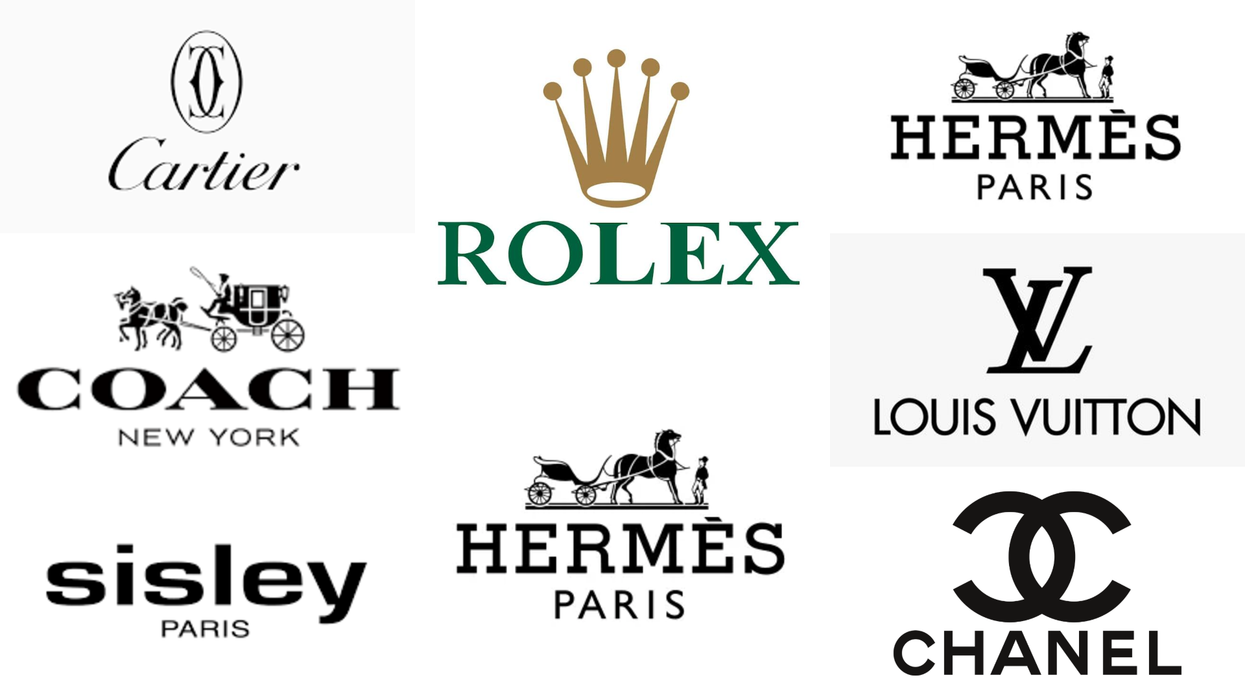

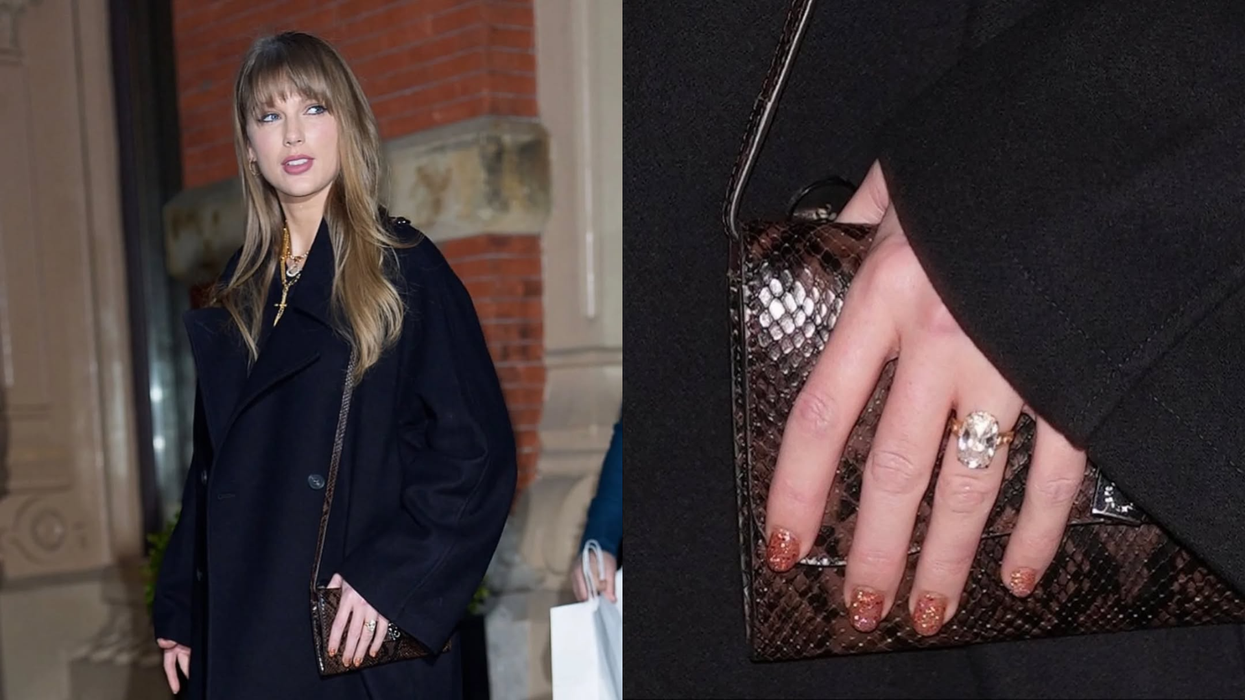
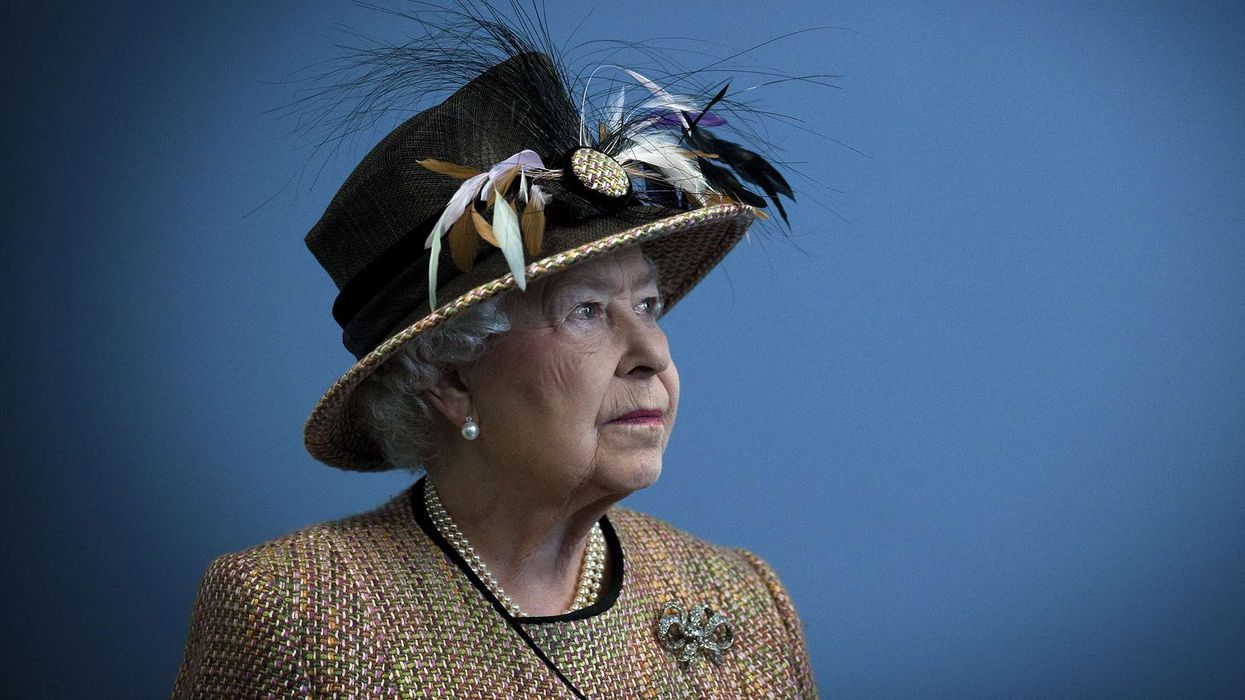

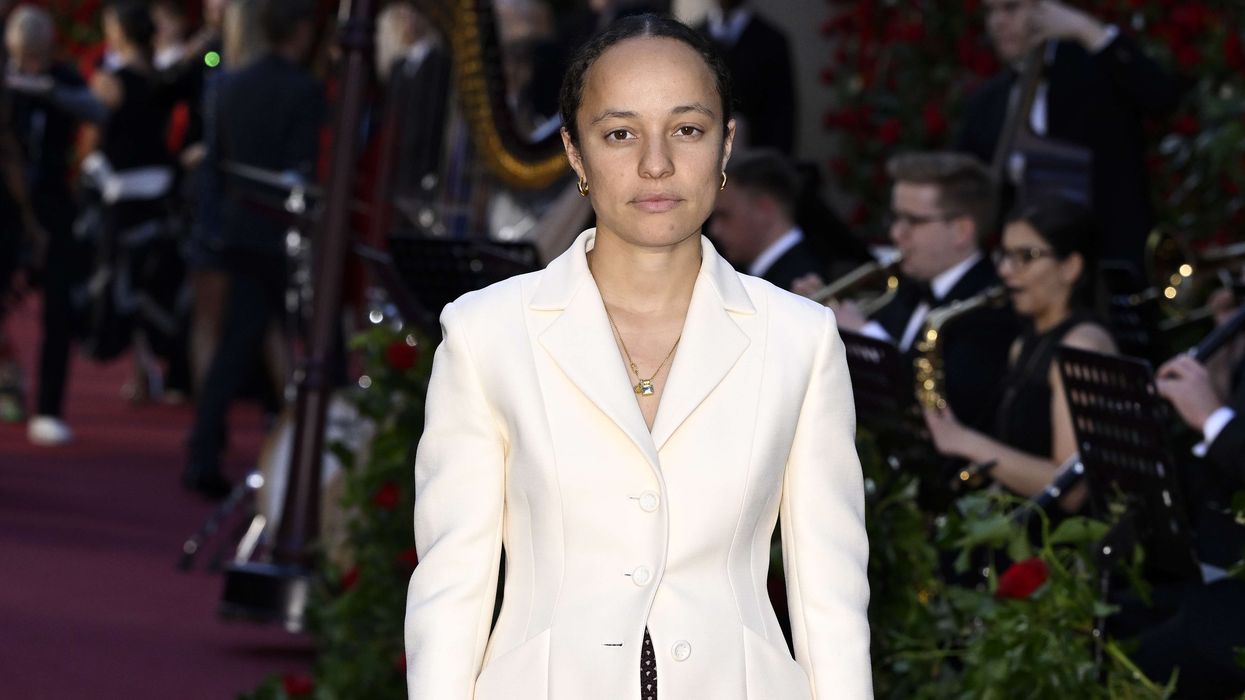
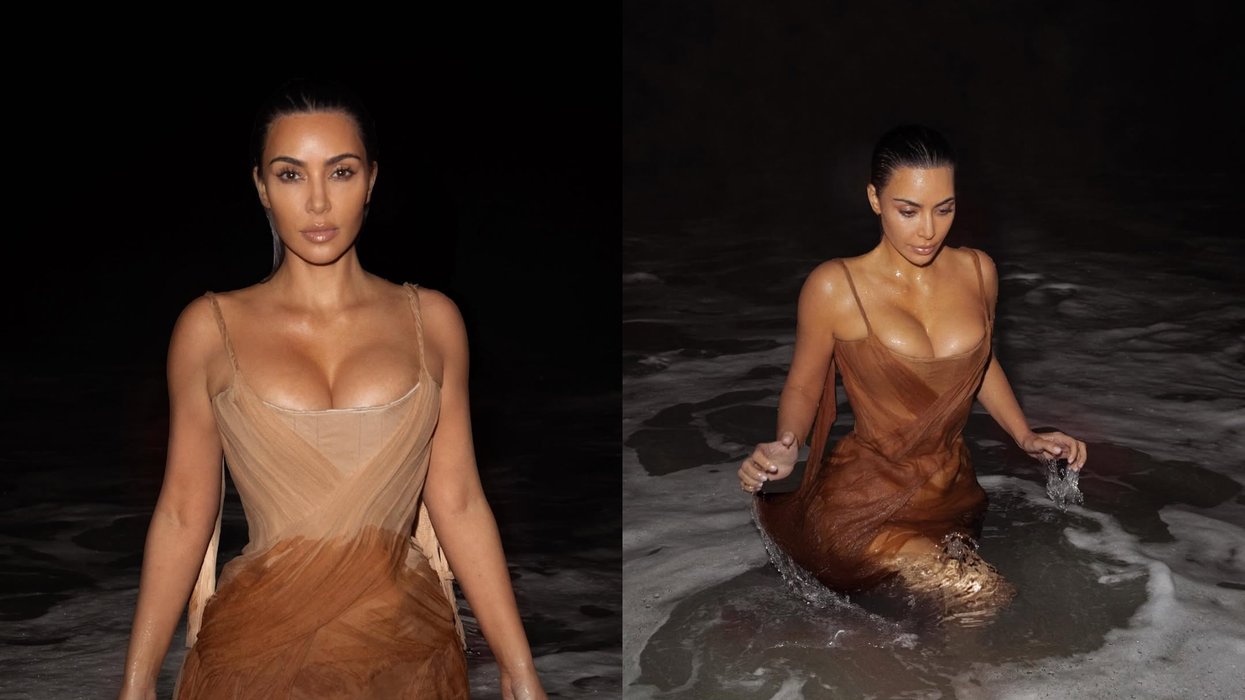
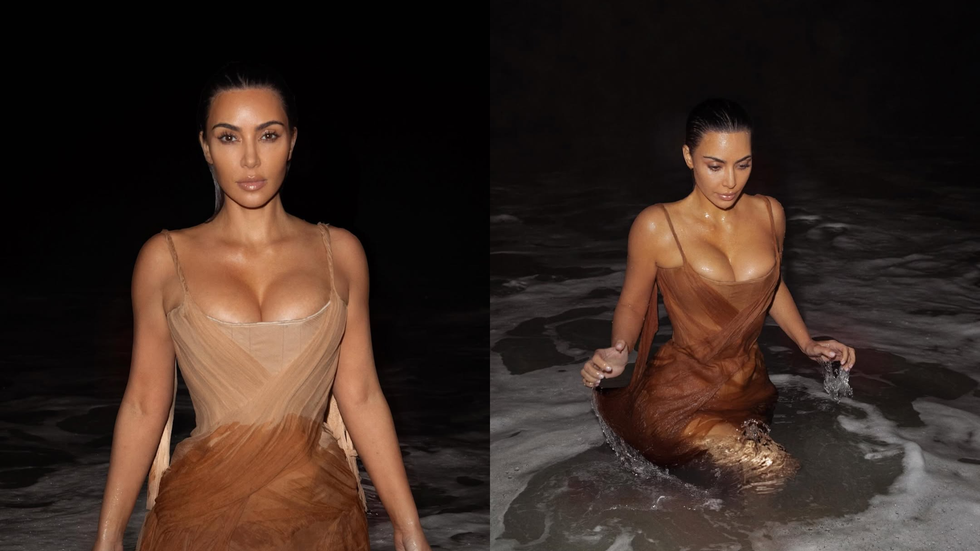 Kim Kardashian splashes in nude McQueen gown on Rio sand Instagram/kimkardashian
Kim Kardashian splashes in nude McQueen gown on Rio sand Instagram/kimkardashian 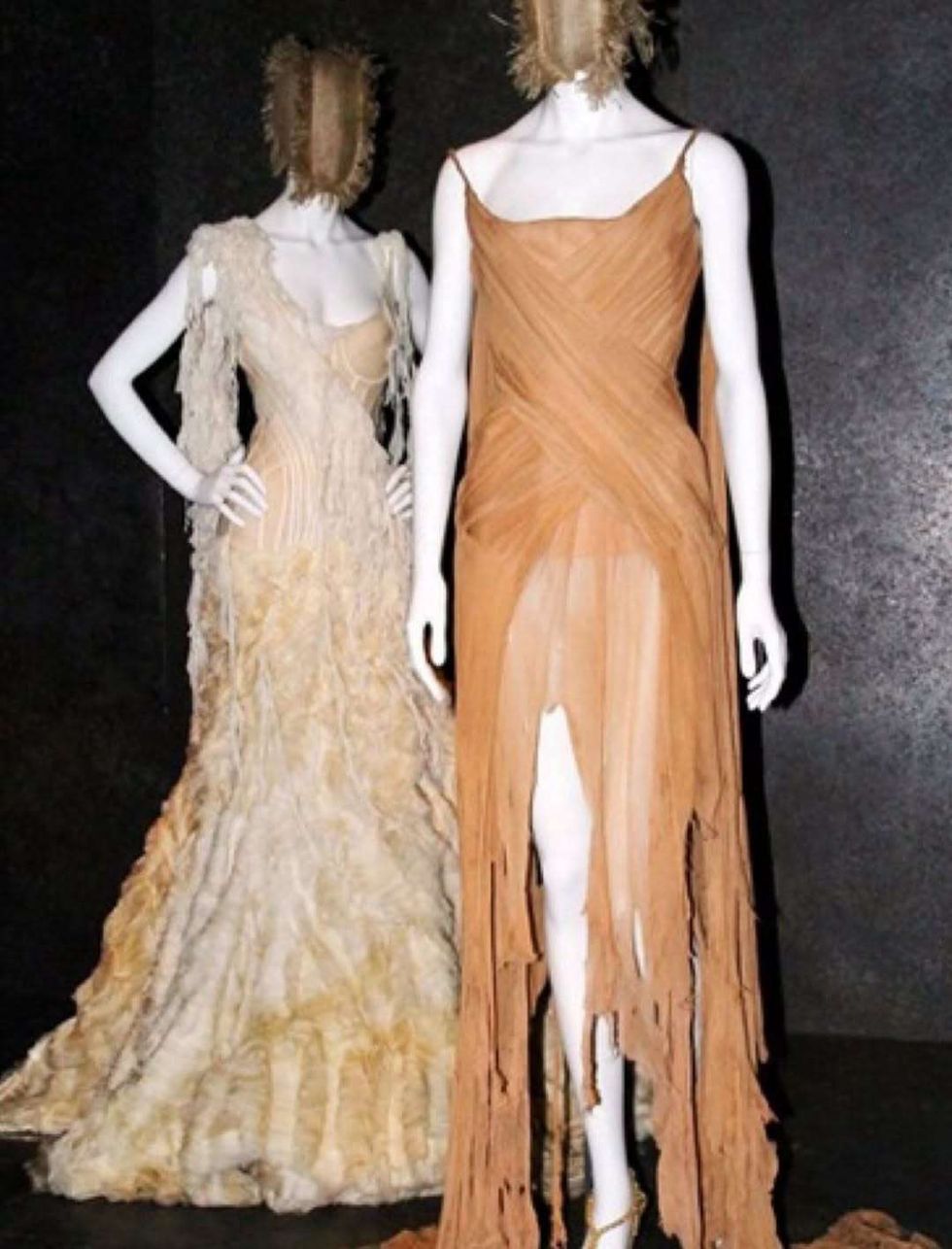 Shipwreck-inspired McQueen dressInstagram/kimkardashian
Shipwreck-inspired McQueen dressInstagram/kimkardashian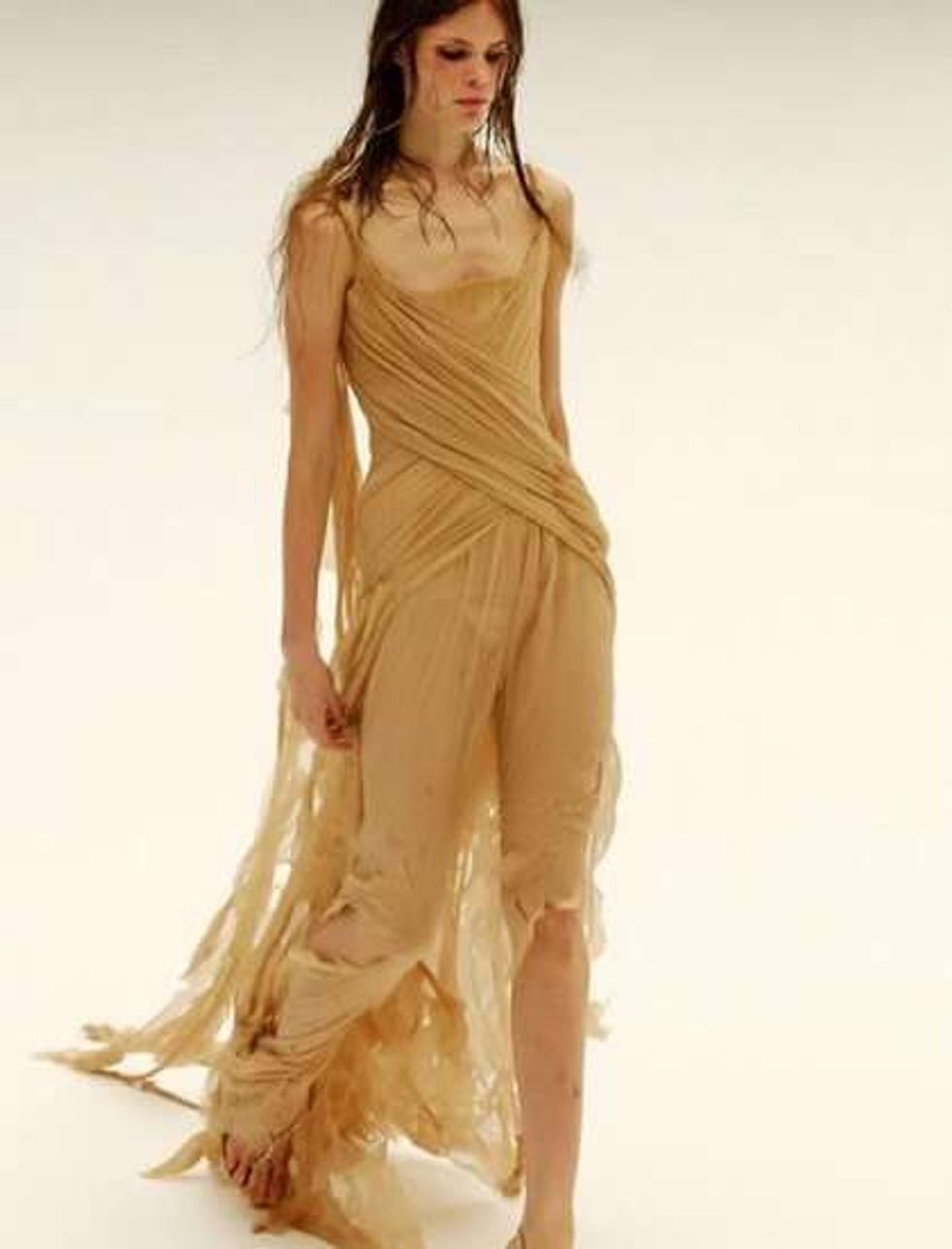 Shipwreck-inspired McQueen dressInstagram/kimkardashian
Shipwreck-inspired McQueen dressInstagram/kimkardashian






